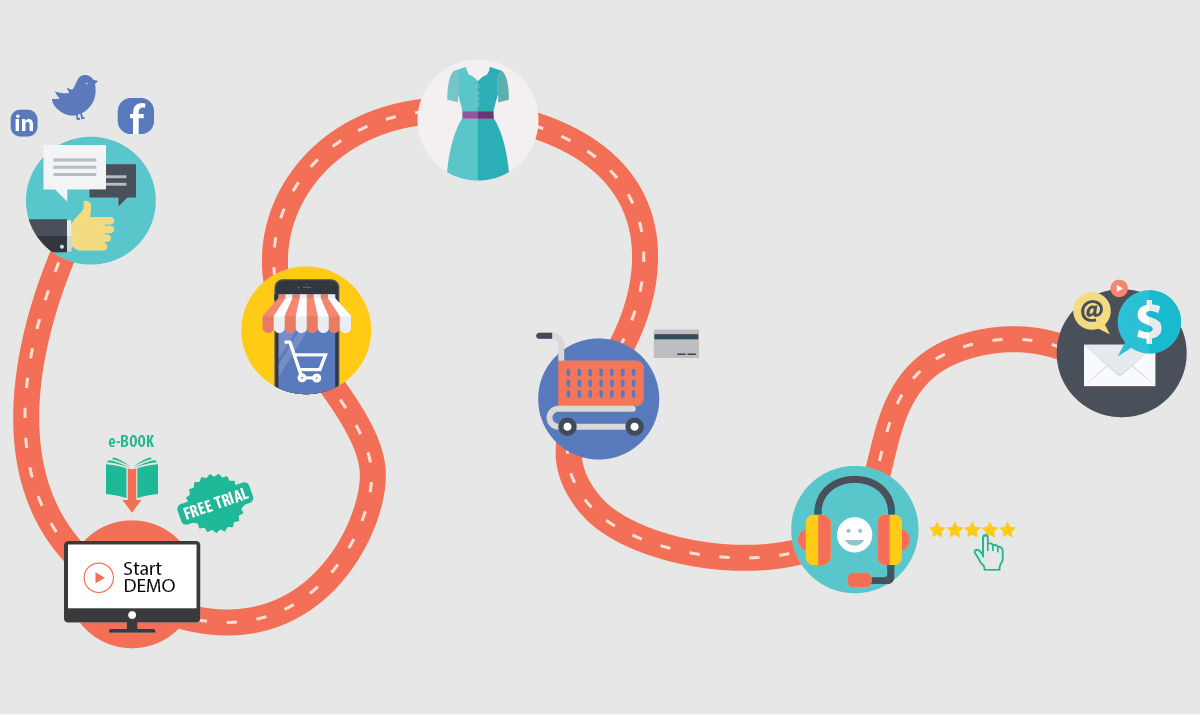Click-bait headline sure, but ‘Can’t Touch This – MC Hammer’ was too good to not include.

Believe it or not, a customer’s journey with a brand is complex. It doesn’t only include searching for and purchasing a product. Understanding that there are various times where a company comes into contact with a brand is vital to creating relationships between customer and brand – so let’s talk about it.
What are these times called?
These are called touchpoints. Customer touchpoints as explained by Survey Monkey (2018) are really every single time a potential customer comes into contact with your brand – either before, during or after purchasing something from you.
Still confused? They’ve added some examples of only a few of the touchpoints and when they’re experienced too:
BEFORE
- Social media
- Word of mouth
- Reviews
DURING
- Website
- Point of sale
- Promotions
AFTER
- Follow ups
- Marketing emails
- Service teams
The below infographic also shows this information visually:

Okay, it seems simple but what’s the big deal?
Funnily enough, Wots The Big Idea (2018) discusses that by understanding your customer’s touchpoints, as a business you have the opportunity to effectively listen to your customers and continuously make improvements that will keep them happy.
Additionally, understanding touchpoints means we can improve our interactions with customers and also analyse whether those touchpoints are having a positive or negative effect (Interaction Design, 2018).
Gotcha! So what are the digital marketing implications of this?
As well as the above, there are many! However a few of the most important ones are:
- Discovering what touchpoint/s generates the most ROI
- Finding out where customers are engaging the most and also the least
- Understanding customer motives to connecting through particular avenues
- Can be used in further developing the customer journey and experience to build relationships
Have a think about some of the touchpoints you personally have experienced with brands and let me know below! Also, did you find it effective or not?







